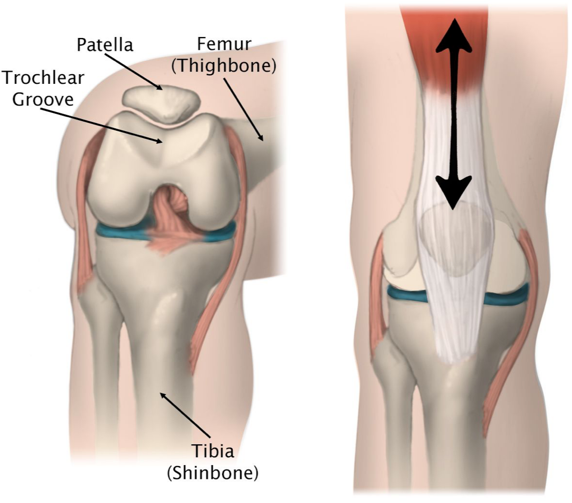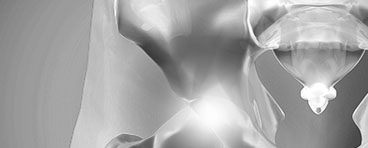Click on the links below to find out more
Patellofemoral Arthritis
OVERVIEW
Patellofemoral arthritis affects your kneecap (patella bone). It causes pain in the front of your knee and can make it difficult to kneel and climb stairs.
ANATOMY
The patella is a small bone located in front of your knee joint — where the thighbone (femur) and shinbone (tibia) meet. It protects your knee and connects the muscles in the front of your thigh to your tibia.
The patella rests in a groove on top of the femur called the trochlear groove. When you bend and straighten your knee, the patella moves back and forth inside the groove.
The ends of the femur, trochlear groove, and the undersides of the patella are covered with a slippery substance called articular cartilage. This helps the bones glide smoothly along each other as you move your leg.
PATELLOFEMORAL ARTHRITIS
Patellofemoral arthritis is arthritis, or joint disease, affecting the joint between the kneecap (patella) and the front of the femur bone (trochlea). Initially it can start as simple cartilage fraying and softening, and over time, it can progress to complete bone on bone arthritis. Over time, patellofemoral arthritis can spread to other parts of the knee, and contribute to degeneration between the tibia and femur bone (tibiofemoral joint), which is the major weight bearing surface of the knee.
There are many contributing factors to patellofemoral arthritis, such as patella (kneecap) instability, kneecap dislocations, direct trauma and inflammatory conditions such as rheumatoid arthritis.

(Left) The patella normally rests in a small groove at the end of the femur called the trochlear groove. (Right) As you bend and straighten your knee, the patella slides up and down within the groove.

Dr David Slattery
FRACS MBBS (Hons) LLB FAOrthA
Dr David Slattery is an orthopaedic surgeon based in Melbourne with over 10 years of experience, with a special focus on hip and knee joint preservation and replacement. With qualifications in both medicine and law, he brings a unique and comprehensive approach to patient care. His surgical techniques are minimally invasive and evidence-based, designed to reduce pain and enhance recovery.
Trained in leading institutions across Europe and the USA, Dr Slattery offers advanced treatments for a wide range of joint conditions. He is deeply committed to patient outcomes and takes pride in tailoring treatment plans to each individual. Whether you’re an athlete or seeking relief from chronic joint pain, his goal is to restore function and improve your quality of life.







